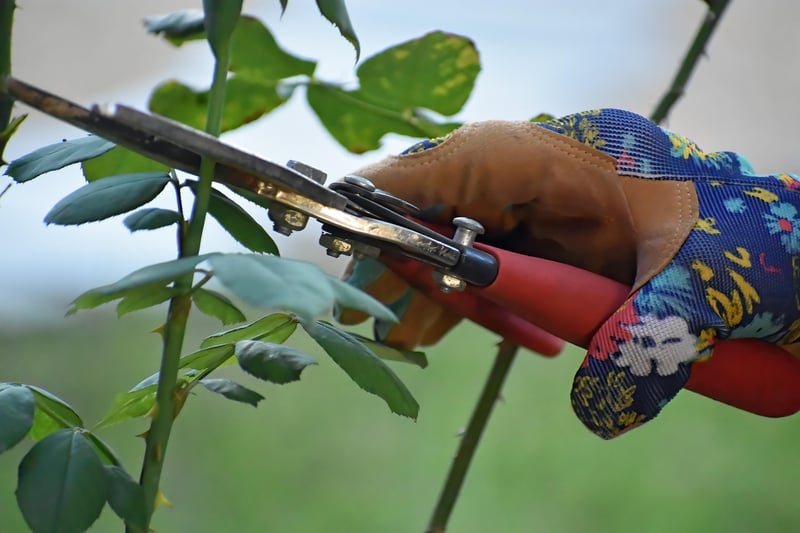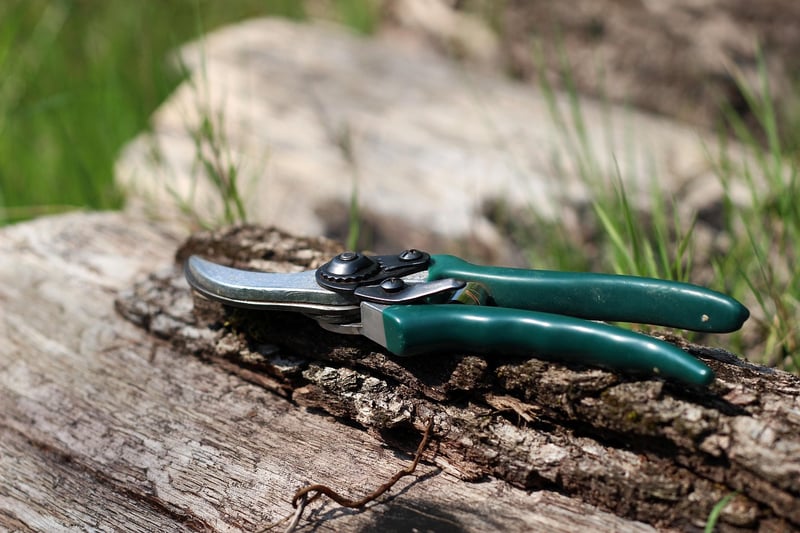Pruning Guide
Keep Your Garden Flourishing: A Pruning Guide
Welcome to our comprehensive pruning guide! Pruning is an essential practice for maintaining a healthy and flourishing garden. By learning the basics of pruning, you can promote plant growth, improve aesthetics, and prevent disease. Let's dive into the world of pruning and discover how you can keep your garden in top shape.
Why Pruning is Important
Pruning is the process of selectively removing parts of a plant to shape and control its growth. This practice is crucial for several reasons:
- Promotes Growth: Pruning stimulates new growth by directing the plant's energy to specific areas.
- Improves Air Circulation: Removing excess foliage allows for better airflow, reducing the risk of fungal diseases.
- Enhances Appearance: Pruning helps maintain the shape and aesthetics of plants, keeping your garden visually appealing.
- Prevents Disease: Eliminating dead or diseased branches can prevent the spread of infections throughout the plant.
Basic Pruning Techniques
Before you start pruning, it's essential to understand some basic techniques:
- Deadheading: Removing spent flowers to encourage new blooms.
- Thinning: Removing excess branches to improve light penetration and air circulation.
- Heading Back: Cutting back a portion of a branch to promote branching and denser growth.
- Rejuvenation Pruning: Drastically cutting back overgrown plants to stimulate new growth.
When to Prune
The timing of pruning varies depending on the type of plant. Here are some general guidelines:
- Spring-Flowering Shrubs: Prune after flowering to avoid cutting off next year's blooms.
- Summer-Flowering Shrubs: Prune in late winter or early spring before new growth begins.
- Fruit Trees: Prune during the dormant season, typically in late winter.
- Perennials: Cut back in fall or early spring to encourage new growth.
Tools for Pruning
Having the right tools is essential for successful pruning. Some common tools include:
- Pruning Shears: Ideal for cutting small branches and stems.
- Loppers: Used for cutting thicker branches that pruning shears can't handle.
- Pruning Saw: Designed for cutting large branches and tough woody stems.
- Hedging Shears: Perfect for shaping hedges and shrubs.
Conclusion
Pruning is a fundamental aspect of garden care that can have a significant impact on the health and appearance of your plants. By understanding the principles of pruning and following proper techniques, you can ensure that your garden remains lush and vibrant throughout the year. Remember to research specific pruning requirements for each plant species in your garden and enjoy the process of nurturing your green space!
Happy pruning!

For more gardening tips and tricks, check out our website.
